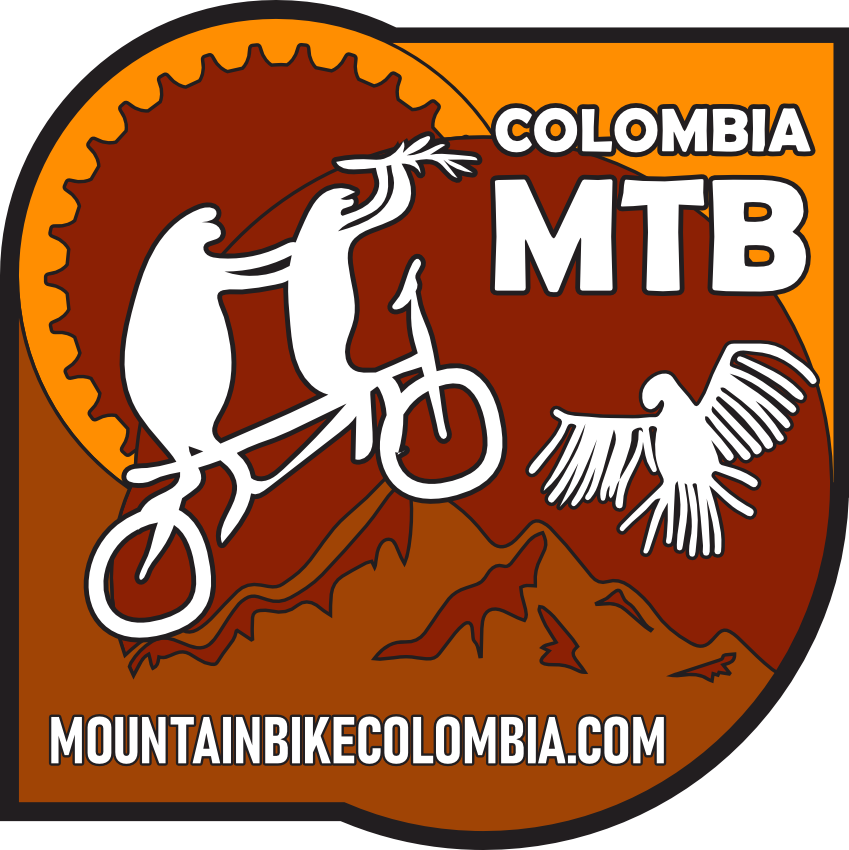One of the most common questions we get is about the Meals & Dietary Considerations on Our Multi-Day Adventures. “What’s the food like on Mountain Bike Colombia adventures?” The short answer is: delicious, nutritious, and an important part of the cultural experience. But if you’ve got specific dietary needs, there are a few things you’ll want to know—especially if you’re joining us on our Amazon MTB Adventure, where meals are prepared by Indigenous communities in remote regions. This FAQ covers everything from daily meals to snacks, hydration, and how dietary restrictions are handled on our Colombia MTB tours.
Are Meals Included on Multi-Day MTB Adventures in Colombia?
Yes. On every multi-day mountain biking adventure in Colombia, we provide breakfast, lunch, and dinner during ride days. Meals are carefully chosen to keep you fueled for climbs, descents, and long days on the trail.
Whenever possible, we select local restaurants and trusted providers in each region. Our priority is to keep you healthy—if we ever feel that a restaurant’s food quality has changed, we will switch to an alternative. We’d rather swap a menu than have anyone miss a ride due to food-related illness.
On Amazon adventures, meals are often hosted by Indigenous families or communities, where you’ll experience authentic, traditional foods. It’s part of the cultural immersion that makes these trips unforgettable.
Can Dietary Restrictions Be Accommodated?
This is where things get important. If you have dietary restrictions (vegan, vegetarian, gluten-free, or allergy-related), please let us know before you book. We’ll do everything possible to help, but here’s the honest truth:
In cities and towns, we can usually accommodate dietary needs with advance notice.
In remote regions like the Amazon, it may not always be possible. Meals are prepared using local ingredients and traditional methods. Many Indigenous communities do not have access to gluten-free flours, dairy alternatives, or specialty products.
If your diet is strict or medically necessary, you will need to bring your own supplemental snacks, protein powders, or bars to ensure you’re covered.
We’ll always be upfront with you about what’s realistic, because the last thing we want is for food to cause stress on your adventure.
What Is the Food Like on the Amazon MTB Adventure?
On the Amazon MTB Adventure, expect meals centered around cassaba, fish, rice, fruits, and seasonal produce. These are traditional, locally harvested foods that reflect the Indigenous way of life. For most riders, this is a highlight of the trip—a chance to share meals with the very communities that make these adventures possible.
But here’s the catch: these communities aren’t running tourist restaurants. They may not be able to adapt recipes for vegan, gluten-free, or other special diets. That’s why we encourage riders with dietary restrictions to pack essentials like protein bars, nuts, electrolyte mixes, or meal supplements. Think of it as a way to supplement what’s served, not replace it.
Are Snacks and Hydration Provided During Rides?
Yes. On all of our MTB tours, we provide ride snacks, sports hydration, and clean drinking water. We’ll refill your bottles or hydration packs each morning and make sure you stay fueled throughout the day.
That said, if you have a favorite energy bar, gel, or drink mix, bring it with you. Not all international brands are available in Colombia, and sometimes having your “go-to” snack makes the difference between finishing strong and bonking on a climb.
We also recommend packing a CamelBak or similar hydration pack—especially for the Amazon and Orinoco regions, where heat and humidity can dehydrate you quickly.
What Should I Pack If I Have Special Dietary Needs?
If you have dietary requirements, here’s what we recommend bringing from home:
Protein powders, bars, or gels you trust.
Gluten-free or vegan staples that might not be available locally.
Trail mix, nut butters, or dried fruit for quick calories.
Electrolyte tablets or powders to supplement meals.
By bringing these items, you can complement the traditional meals provided by local hosts while still meeting your personal dietary needs.
Final Word: Food Is Part of the Adventure
So, what’s the deal with meals and dietary considerations on Mountain Bike Colombia tours?
Meals are included during ride days: breakfast, lunch, and dinner.
Local restaurants are chosen for quality, and we change plans if standards slip.
Amazon adventures are unique: meals are provided by Indigenous communities, which means authentic food but limited ability to adapt to special diets.
Snacks and hydration are always provided, but bring your own favorites if you’re picky or have specific needs.
Riders with dietary restrictions should bring supplemental items for remote trips.
At the end of the day, food in Colombia is part of the adventure—colorful, diverse, and tied deeply to the culture. Be prepared, stay flexible, and you’ll not only stay fueled, but you’ll also enjoy one of the richest culinary landscapes in the world.
